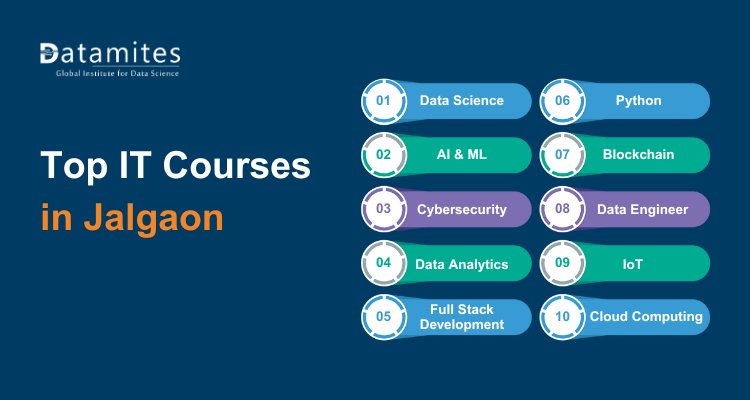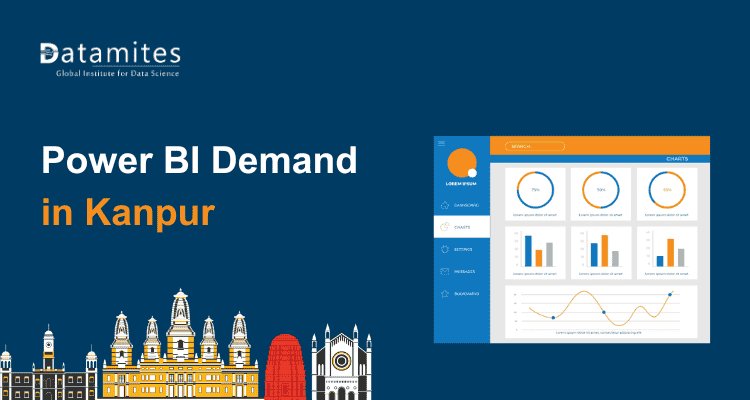Leveraging Data Science to Logistics Industry

We frequently read about how other industries have used data science to revolutionize their workspaces, but how is the logistics and transport sector now utilizing data science to stay ahead of the curve and increase operational productivity? Logistics is a fantastic case study for data science due to the development of digital technology, the constant change in client preferences, and the success of e-commerce. Prior to relatively recently, the logistics sector relied on antiquated manual processes and rigid tools and equipment, which cost it efficiency, business possibilities, and customer happiness. But things are altering.
What are the advantages of data science for supply chains and logistics?
Data science is essentially available everywhere in the contemporary logistics industry. Businesses can manage supply chains, track packages, develop intelligent self-service stores, enable autonomous trucks and delivery services, and more with the aid of smart solutions.
The logistics sector is vast; it is predicted to reach a value of $15.5 trillion by 2023 and a volume of 92.1 billion tonnes by 2024. Supply chains are currently undergoing significant change as a result of internal and external pressures, such as rising costs and the prevalence of challenger startups that are reshaping the landscape through technology and automation. This change has prompted the digital transformation of a seemingly traditional industry, and Data Science and Machine Learning are the main forces behind much of it.
Refer to the article: Data Science for the Manufacturing Sector
- Performance Monitoring
By monitoring any statistic in the supply chain, inefficiencies can be eliminated and operational requirements can be upheld. Performance managers convert data insights into useful outcomes, including optimising resource usage or delivery routes.
Data can aid in our understanding of and oversight of workforce performance. It can also show when and which machines are underperforming, enabling management to take immediate action. When the data is shared among partners, the entire supply chain or network of partners can be made more transparent and efficient.
- Increasing Prediction
The mean absolute error is often around 25%, making it necessary to deal with a higher number of variables and analogies in order to produce more accurate results from forecasting models utilizing existing forecasting techniques like single or multiple regression, time series analysis, etc. Increasing forecast accuracy In order to collect data in real-time and to quickly and accurately analyze data from many sources, the area of data science may help predict.
- Route optimization
Route optimization is a method for figuring out the fastest way to go somewhere. Finding the most effective route to deliver a package to the client is one difficulty that the vehicle routing problem (VRP) avoids. Routing algorithms consider information such as the number of things ordered, their location, and the frequency of orders.
Data science can be used to find the closest vehicle, and information can be quickly transmitted. The number of orders, the weather, the average speed along the route, the amount of fuel, and the amount of time can all be used to identify trends. Big data also aids in more thorough and precise identification of travel behavior.
- Utilizing data science for inventory control
Every e-commerce and retail company must prioritize inventory management as part of its daily operations. Inventory management is wholly dependent on effective logistics. These businesses seek clever solutions more frequently to enhance their inventory management procedures. These intelligent solutions are largely based on data science and artificial intelligence.
The logistics industry was unable to maximize output, profit, or customer satisfaction with outdated and inflexible technology and machinery before. Due to the quick development of digital technology, shifting customer preferences, and the widespread use of e-commerce, logistics is an excellent case study for data science today.
- Improve operational effectiveness
There are two main objectives to work toward: upholding operational standards and eliminating operational inefficiencies. One can track and analyze how activities change over time by using data. You will be able to regularly monitor and evaluate key performance indicators (KPIs) like cost, value, services, and waste if you have operational data and data science knowledge. You’ll be able to prevent disasters and take corrective action as a result. This will increase the effectiveness of the measures and make them more transparent.
- Forecasting the market and smart warehouses
Transportation is just one element of the supply chain’s operations. Goods are frequently maintained in a warehouse where they may be easily accessed before being delivered to their final location. Both hazardous items and perishable goods (such as food and medication) must be stored in a specific setting with the right packing, temperature, and humidity levels. Waste and damaged goods not only hurt a business’s bottom line, but they also may endanger the health and safety of its customers.
Read this article: Using Data Science at every step of the Business way
- Customer Satisfaction
Information on client preferences, likes, and dislikes must be available in order to retain customers, yet it is frequently dispersed and filled with unnecessary data. By using data science in this situation, it may be possible to improve customer service, undertake explicit consumer segmentation, and promote customer loyalty. It also spurs the development of CRM methods. Big data will offer an extensive perspective of client needs and service quality, which may be leveraged to improve product quality.
- Digitalization of Crucial Process
In terms of the customer experience, automating previously manual procedures ensures a problem-free user experience for customers as well as improved operational visibility within. Logistical operations that requires a lot of work will undoubtedly be made simpler by automation of essential internal company procedures. Data science hare works as the key component enabling digital transformation of those processes that doesn’t essentially human aid thereby actually helping human talent and expertise to be applied where there is actually a need for them.
- Creating Innovative Concepts and Business Models
Inefficient supply chains will be eliminated, underutilized assets will be resolved, demand-supply matching will be improved, and visibility and communication across systems will be increased ones data science is effectively leveraged in the logistic processes. Thanks to this digital transformation, now, participants in the supply chain can connect through adoption of solutions that improve operational clarity and communication between previously segregated systems.
Also refer to the article: How the Financial Sector is Leveraging Data Science
Future of Data Science in Logistics
One of the most significant developments in business over the past ten years has been the use of data science. Without a doubt, the logistics sector will see a greater use of data science and analytics. Data will become increasingly important in the future for a variety of purposes, including compliance monitoring, supply chain bottleneck reduction, supply chain streamlining, and error reduction. Analytics will improve visibility and simplify problems so that operations, routes, and customer happiness are optimised. A big data revolution is indeed about to hit logistics.
Data science hasn’t yet fully penetrated every business, despite what some may claim. There are still some fields where it’s just getting started. Although the logistics, shipping, and supply chain sectors are frequently viewed as legacy operations, the appropriate applications of data science can boost productivity and competition. Data science is becoming more crucial to this business, according to a recent survey by the Council of Supply Chain Management Professionals.
Also read this article: Role of Data Science in Making Education A Lot Better
End Note
As a common adage goes, data is the electricity of the twenty-first century. Additionally, the logistics sector is one of several industries whose base is data science. The industry is embracing all of the new data science and data analytics trends in how it operates, greatly enhancing its effectiveness. Who would have guessed that this technology could totally transform and make the industry far more productive than it was before! And yes, there is still a long way to go.
What is Histogram
What is Box Plot







